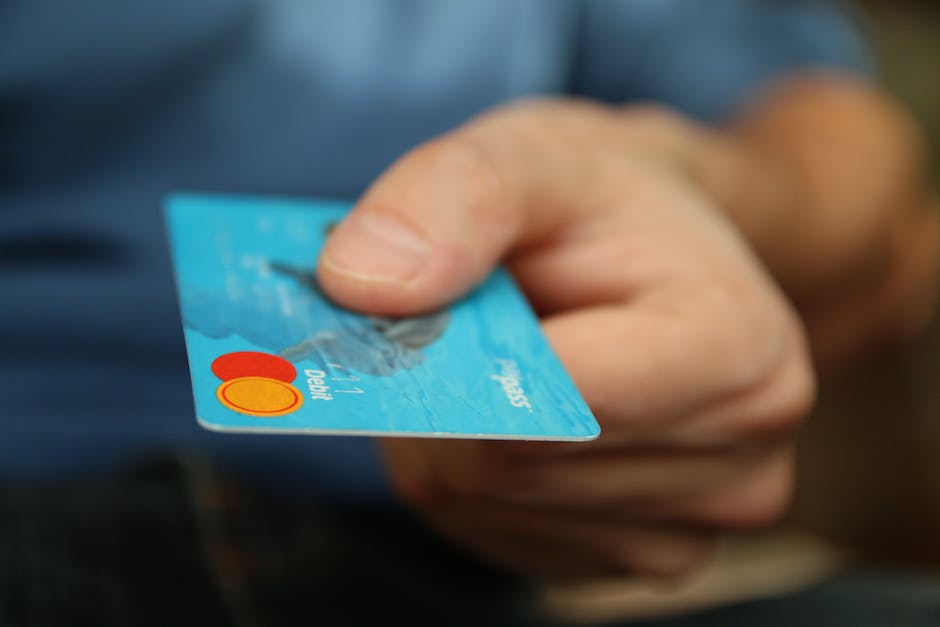Client Payment Issues: How to Handle Non-Paying Clients

As a freelancer, dealing with a client who refuses or fails to pay for services rendered can be one of the most challenging situations you encounter. This issue can significantly impact your income flow and overall business operations. This blog post aims to guide you on how to professionally navigate this common problem and provide practical solutions to ensure you get paid for your hard work.
So, what can you do when a client doesn’t pay? How can you protect your business and your income? Let’s dive in and explore these questions.

Understanding Why Clients Don’t Pay
Understanding why some clients fail to pay can help you address the issue effectively. The reasons can vary, but they often fall into one of several categories. Some clients may be struggling financially and unable to meet their payment obligations. Others may be dissatisfied with the work provided, and withhold payment as a form of protest. And in some cases, clients may simply forget to pay.
Understanding the reason behind the non-payment can help inform your approach and increase the chances of a favorable resolution. But remember, no matter the reason, you deserve to be paid for the work you’ve done.
The Impact of Non-Payment on Freelancers
Non-payment is not just a financial concern for freelancers; it can also have emotional and psychological effects. When clients don’t pay, it can lead to stress, income instability, and even a potential loss of motivation.
Financially, not receiving payment can disrupt your cash flow, making it difficult to cover your expenses or invest in your business. Emotionally, it can cause significant stress, especially if you’re relying on the payment to meet your financial obligations. It can also impact your motivation and self-esteem, making you question the value of your work.
That’s why it’s crucial to address non-payment issues promptly and professionally. By doing so, you can mitigate these negative impacts and ensure your freelance business remains stable and profitable.
Initial Steps to Take When a Client Doesn’t Pay
When a client doesn’t pay, it’s crucial to not panic or jump to conclusions. Instead, there are some initial steps you can take to address the situation professionally and assertively.
Effective Communication
The first step to resolving non-payment issues is effective communication. Remember, sometimes, clients may simply forget to pay, or there might be a miscommunication that needs to be cleared up. Therefore, it’s important to approach the client politely but assertively about the situation. Here are few tips to keep in mind:
- Be professional: Even if you’re frustrated, maintain a professional tone in your communication. This will help in preserving your relationship with the client.
- Provide clear information: Make sure to include all the details about the project and the payment that was agreed upon. This will help the client understand what you’re referring to.
- Ask for clarification: If the client has not already communicated to you the reason for the delay, ask for clarification. This can help you understand if there’s an issue with your work, or if the problem lies elsewhere.
Sending a Follow-Up Invoice
If your initial communication doesn’t result in payment, then it’s time to send a follow-up invoice or payment reminder. This is a formal document that should include the following:
- Invoice Number: Every invoice should have a unique identifier. This makes it easier to track and discuss specific invoices.
- Work Details: Describe the services you have rendered in detail. This helps remind the client of the work you’ve done.
- Payment Details: Include the amount due, payment deadline, and preferred payment method. This makes it easier for the client to make the payment.
- Polite Reminder: A gentle reminder about the overdue payment can also be included in the follow-up invoice. This reinforces the urgency without being overly aggressive.
Legal Options for Non-Payment
If your invoices remain unpaid even after repeated reminders, it might be time to consider your legal options. This doesn’t necessarily mean you should rush to file a lawsuit, but there are several legal routes you can take to try and recover your money.
These include filing a claim in small claims court or hiring a collections agency. Before you choose any of these options, it’s important to have a clear understanding of what they entail, their potential impact on your relationship with the client, and the costs involved. It may also be beneficial to seek legal advice to understand your best course of action.
Preventive Measures to Avoid Non-Payment

While it’s essential to know how to handle non-payment situations, it’s equally, if not more, crucial to have preventive measures in place to avoid such instances in the first place. Implementing these strategies can save you a lot of stress and potential financial instability.
Have a Contract in Place
One of the most effective ways to safeguard your freelance business against non-payment is by having a legally binding contract in place. This document protects your rights as a service provider and clearly outlines the terms of your agreement with the client.
But what should a good contract include? Here are some key components:
- Scope of Work: Clearly define the services you will provide, including specific tasks and deliverables.
- Payment Terms: Specify the amount to be paid, the payment schedule, and the method of payment.
- Termination Clause: Outline the conditions under which either party can terminate the contract.
- Late Payment Penalties: Include a clause that imposes penalties for late payments.
Remember, a contract is not just a piece of paper; it’s a tool that can protect your income and your business. If you’re unsure about creating one, consider consulting with a legal expert.
Requesting a Deposit Upfront
Another effective preventive measure is requesting a deposit upfront. This not only ensures that you get paid for at least a portion of your work but also tests the client’s commitment to the project.
Asking for a deposit can sometimes feel awkward, but remember that it’s a standard practice in the freelancing world. It provides you with some financial security and can also help in managing your cash flow.
How much should you ask for? A common practice is to request 30-50% of the total project cost. However, the exact amount can vary depending on the nature of the project and your relationship with the client.
How to Deal with Chronic Non-Payers
There may be instances when a client consistently fails to pay on time, despite your best efforts and preventive measures. In these cases, it’s important to take decisive action.
Firstly, consider having a frank discussion with the client about their payment habits. If they’re struggling financially, you may be able to work out a payment plan. However, if they continue to default on payments, it might be time to reconsider your relationship with them.
Remember, your time, skills, and services are valuable. If a client consistently fails to respect that, you have every right to end the business relationship. It may be a tough decision, but in the long run, it can save you from further stress and financial instability.
Summary of Steps to Take When a Client Doesn’t Pay
In navigating the challenging waters of non-paying clients, understanding the steps to take can make a significant difference. The table below summarizes these steps for easy reference:
| Step | Description |
|---|---|
| Effective Communication | Initiate a professional and assertive conversation with the client about the unpaid invoice. |
| Sending a Follow-Up Invoice | Send a follow-up invoice or payment reminder that clearly outlines what the client owes. |
| Explore Legal Options | Consider legal routes such as small claims court or hiring a collections agency if payment is still not received. |
Key Takeaways
As we come to the end of this blog post, let’s reflect on some of the key takeaways:
- Understanding the reasons why clients don’t pay is crucial for effective communication and problem-solving.
- Non-payment can significantly impact freelancers both financially and emotionally.
- Having a contract in place and requesting a deposit upfront are effective preventive measures against non-payment.
- Knowing how to deal with chronic non-payers is essential for maintaining a healthy freelance business.
Moving Forward: Building a Secure Freelance Business
Dealing with non-paying clients is an unfortunate reality of freelancing. However, such experiences can provide valuable lessons in enhancing your business practices. The key lies in establishing financial security and taking preventive measures to mitigate the risk of non-payment.
So, how can you build a stable and prosperous freelance business?
Firstly, always have a legally binding contract in place. This document should clearly outline the scope of work, payment terms, and consequences of non-payment. It serves as a safety net, protecting both parties’ interests.
Secondly, consider requesting an upfront deposit before starting any work. This practice not only ensures you get paid for your effort but also demonstrates the client’s commitment to the project.
Lastly, maintain open and honest communication with your clients. Address any issues promptly and professionally to foster trust and mutual respect in your business relationships.
Remember, the goal is not just to survive but to thrive in the freelance world. By taking these steps, you can build a secure freelance business that withstands the test of time.
Get Organized & Win More Clients
Kosmo has everything you need to run your freelancing business.